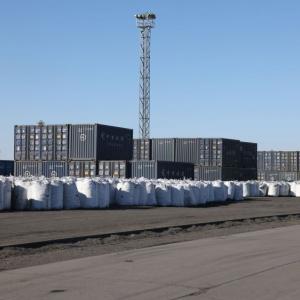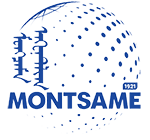Munkhnasan: ‘Total Capacity of Rangelands Has Been Exceeded’
Society
Ulaanbaatar, October 24, 2025
/MONTSAME/. Within the framework of the UN Week, organized to commemorate
the 80th anniversary of the founding of the United Nations, the “Pastoralism
and Mongolia” consultative meeting was held on October 23, 2025.
The meeting aimed to discuss the
current state, challenges, opportunities, and joint solutions, strengthen
partnerships in pastoralism, support integrated land management and sustainable
livestock production, and increase exports.
Head of the Livestock and Genetic
Resources Policy Coordination Department, Ts. Munkhnasan, stated, “By resolution of the United Nations
General Assembly, the year 2026 has been declared the International Year of
Rangelands and Pastoralists. The Government of Mongolia proposed this
initiative, and our country is taking a leading role in its implementation. The
goal is to draw the attention of global decision-makers to rangeland management
and the sustainable development of pastoral livestock systems. Rangeland
degradation has become not only a national concern for Mongolia but also a
regional and global issue. Drylands make up about 54 percent of the world’s
land area, and rangeland degradation is accelerating in these regions.
According to research, Mongolia’s rangelands have a carrying capacity of approximately
85 million sheep; however, the current livestock population has reached 130
million, exceeding the sustainable limit. This overcapacity is one of the main
factors causing rangeland degradation and disrupting ecological balance.”
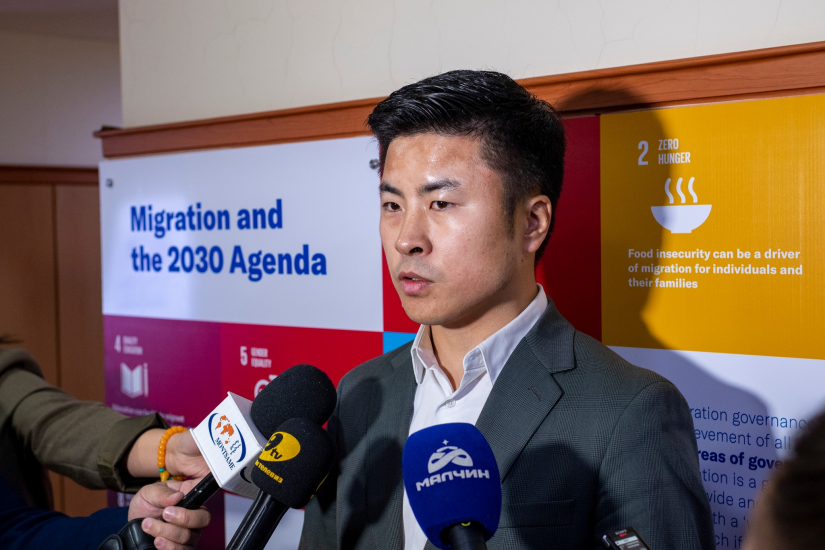 Head of the Department of Land
Management, B. Dul, stated, “Our General Authority for Land Administration, Geodesy, and
Cartography (GALAGC) is responsible for organizing, planning, and managing
rangeland use nationwide. We also monitor and assess the condition and changes
of rangelands, as well as study and analyze potential future changes and risks.
We have been implementing rangeland photo monitoring for ten years using
updated methodologies. Every August, we assess rangeland yield, biomass, and
vegetation cover to evaluate the ecological condition and regeneration capacity
of each region’s ecosystem. This assessment is based on both human activities
and natural factors. We also operate an integrated digital system for managing
the national land database.”
Head of the Department of Land
Management, B. Dul, stated, “Our General Authority for Land Administration, Geodesy, and
Cartography (GALAGC) is responsible for organizing, planning, and managing
rangeland use nationwide. We also monitor and assess the condition and changes
of rangelands, as well as study and analyze potential future changes and risks.
We have been implementing rangeland photo monitoring for ten years using
updated methodologies. Every August, we assess rangeland yield, biomass, and
vegetation cover to evaluate the ecological condition and regeneration capacity
of each region’s ecosystem. This assessment is based on both human activities
and natural factors. We also operate an integrated digital system for managing
the national land database.”
The GALAGC is cooperating with the Food and Agriculture Organization of the United Nations (FAO) under the Promoting Dryland Sustainable Landscapes and Biodiversity Conservation in the Eastern Steppe of Mongolia project and the Sustainable Resilient Ecosystem and Agriculture Management in Mongolia (STREAM) project. As part of this collaboration, a mobile application has been developed to deliver research results quickly and efficiently to citizens, herders, and policymakers. This allows field research to be conducted more rapidly and effectively using mobile technology. According to data from the past two years, heavily and severely degraded rangelands now account for more than 20 percent of the total territory.
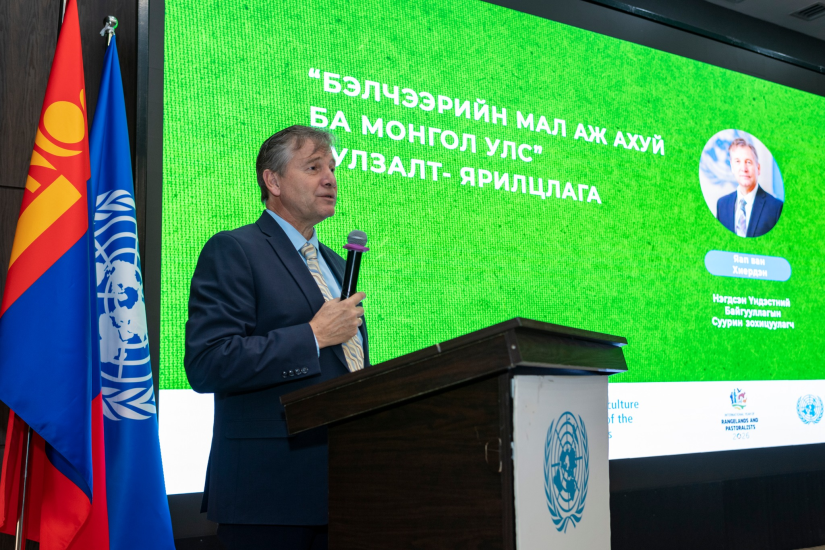
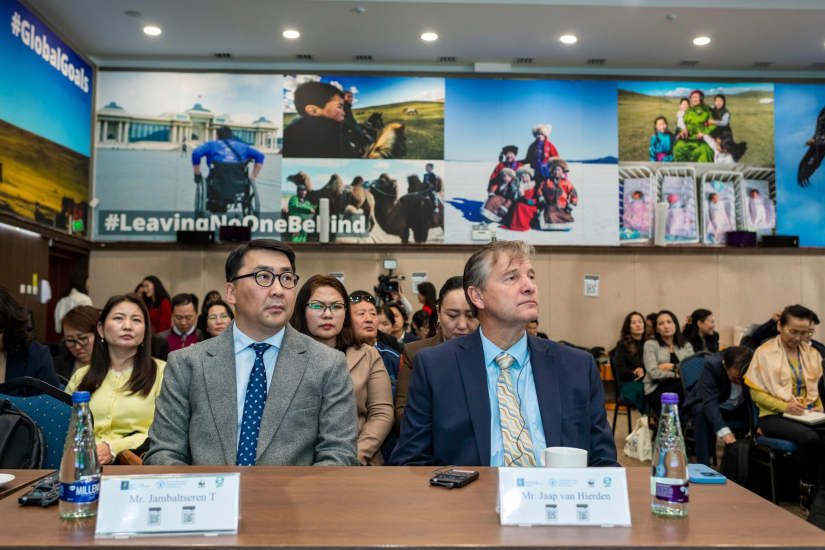
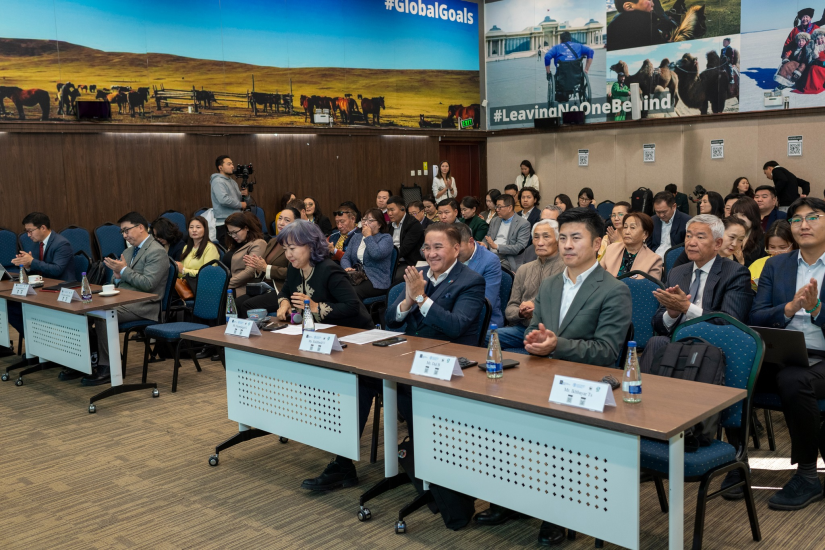
 Ulaanbaatar
Ulaanbaatar























































